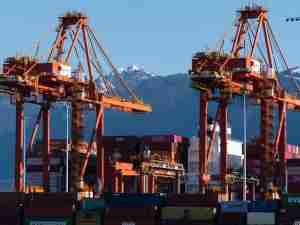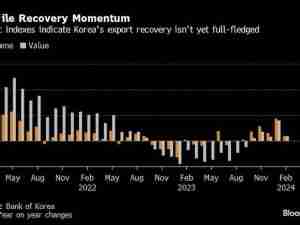The lazy days of summer are over.
As investors plot their strategies for the rest of the year, a calendar packed with potential pitfalls and surprises could raise the blood pressures of even the most chilled.
Take this week: The trade war is set to escalate as the U.S. moves ahead with a plan to impose tariffs on $200 billion of Chinese imports, and on Friday the jobs report will take the temperature of the world’s largest economy.
Aside from trade spats, currency and bond investors are also set to grapple with European populism anew as elections and budget meetings clog the calendar.
“There is high event risk, particularly over the next two to three months,” UBS Group AG equity strategists including Nick Nelson wrote in a note to clients last week. “Fundamentals appear supportive—the problem is that there are many ongoing and upcoming political events and external threats” building in Europe.
Sweden looks poised for its most uncertain election yet on Sunday, stoking political risk in a region that’s suffered massive outflows since a new populist government rose to power in Italy. The krona has plunged to its lowest point since the financial crisis, while Italian risk premiums are effectively trading in junk territory.
The coalition government in Rome is due to publish fiscal plans by Sept. 27, which threatens to inject renewed volatility into the country’s bond market. Rating decisions by S&P Global Ratings and Moody’s Investors Service due in October are being closely watched after Fitch lowered its outlook on Aug. 31.
Meanwhile, emerging markets keep falling and the risk of contagion is spreading. U.S. mid-term elections could find President Donald Trump battling both a divided Congress and legal challenges.
For now, there’s little reason to doubt the strength of this year’s favorite ‘America First’ trade, as U.S. growth has fed corporate earnings, buoyed the dollar and allowed equity volatility to drift along at around two-thirds of its long-term average.
But even if corporate earnings indicate a healthy economy, the flattening Treasury yield curve shows investors aren’t exactly bullish about long-term U.S. inflation and growth. In the currency markets, risk reversals against the yen point to waning dollar strength.
Democratic victories in the Nov. 6 U.S. mid-term elections could slow the Trump juggernaut, which might signal a less aggressive pursuit of trade wars that are seen hobbling global growth. Already manufacturing is showing signs of flagging, with PMIs easing in recent months.
“We are looking carefully at both the trade and manufacturing cycle for evidence that growth momentum is beginning to stabilize and broaden,” said Alastair Baker, a multi-asset fund manager at Schroder Investment Management Ltd. PMIs “continue to show a moderation in growth momentum.”
Europe, especially, needs good news, with stocks in the region taking their cue from developing nations more than U.S. equities, correlations show.
It all adds up to a big reversal of the synchronized growth story that painted the global trading landscape earlier in the year. With a slew of political and economic events looming, the rest of 2018 may wreak similar havoc on consensus trades.
“We are entering the last quarter of 2018 with a significantly different environment and sentiment from the one with which we started the year: global trade tensions, significant inflows into U.S. assets, and emerging-market turbulence,” said Sophie Huynh, a cross asset strategist at Societe Generale SA.







